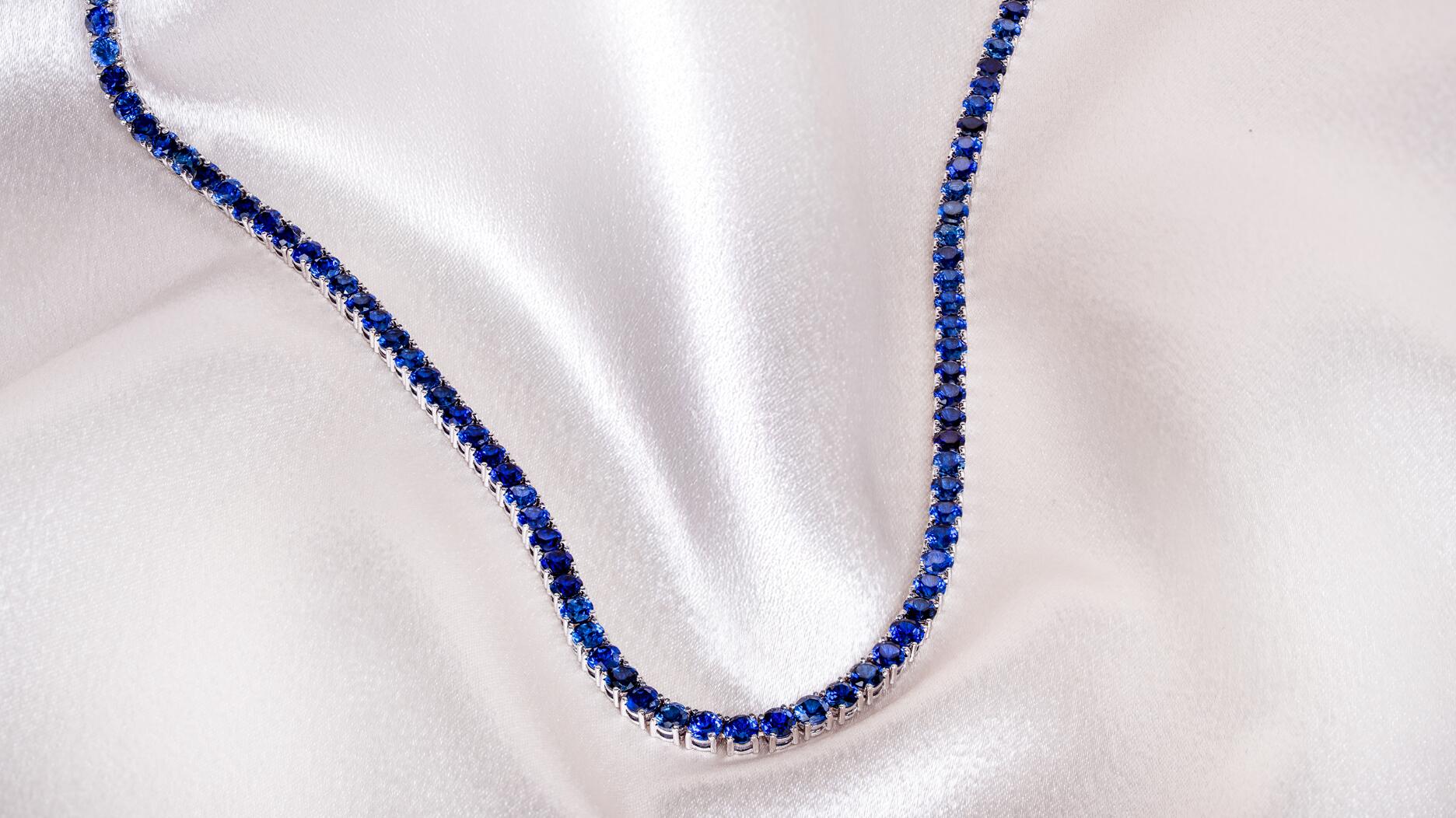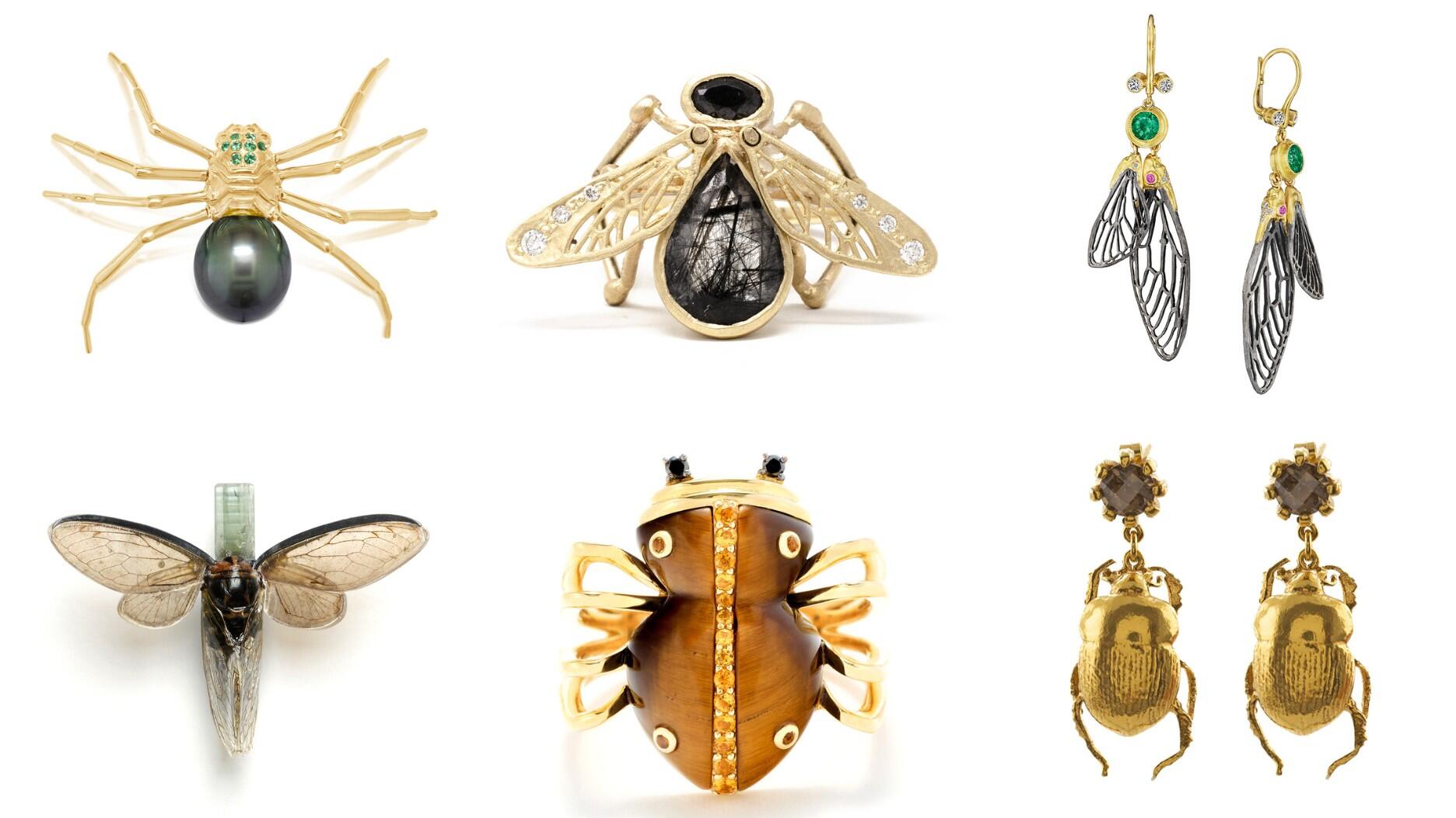Q&A: Author Vikki Tobak on the ‘Ice-Cold’ Exhibition
Tobak, author of “Ice Cold: A Hip-Hop Jewelry History,” shares how the exhibition came to be, and the pieces people may be surprised to see.

This week, a new exhibition dedicated to the history of hip-hop jewelry is opening at New York City’s American Museum of Natural History (AMNH).
“Ice Cold: An Exhibition of Hip-Hop Jewelry” comes one year after the celebration of hip-hop’s 50th anniversary and serves as a continued exploration of the importance and symbolism of hip-hop jewelry.
In 2021, the YouTube Originals documentary series “Ice Cold” was released. The four-part series was directed by Karam Gill and produced by rap group Migos.
A deep dive into the connection between hip-hop culture and jewelry, the episodes featured top names in the genre, from musical artists to celebrity jewelers.
Several of those names reappeared in a new format a year later in 2022, when journalist Vikki Tobak announced the release of her book “Ice Cold: A Hip-Hop Jewelry History,” a visual history spanning 40 decades of bling culture.
Many of the icons discussed in the YouTube series and in the book, such as Ricky “Slick Rick” Waters and Kevin “Coach K” Lee, also had a hand in crafting the stories told, and have played a key role in organizing the exhibition at AMNH.
In the newest addition to the Ice Cold “trilogy,” if you will, these artists’ legendary pieces will be displayed for the first time not on a screen or on a page, but right before your eyes.
I caught up with Tobak, who was tapped to curate the exhibition, while she was at the museum putting the final touches on Ice Cold to ask her some questions about this latest project.
This interview has been edited for length and clarity.
Lauren McLemore: You authored the “Ice Cold” book, which followed the documentary series. It seems like there’s a now a cohesive collection of media centered around this story of hip-hop jewelry history. How do you see the exhibition fitting into that collection?
Vikki Tobak: Doing it as a book first was really important, because you can fit in every nook and cranny of the history from these commodities that come out of the ground to how they end up on the necks and fingers and ears of hip-hop artists.
The book is really more of a historic deep dive into these pieces.
Doing the exhibition was really important too, because it’s a time where people can see the pieces in person, and it’s a time where you can bring many generations of artists together under one roof.
Doing it within a space like American Museum of Natural History, which is known for dinosaurs and butterflies and things like that, I think says a lot about how far hip-hop has come and how it’s kind of touched all these different parts of the American Dream and the luxury market, all of it.
So, they play kind of different roles, but I think they all are meant to really kind of celebrate the jewelry culture of hip-hop that’s really come so far.
LM: Speaking of the exhibition itself, I’d love to know how this came to be. Was it your idea or a collaborative endeavor?
VT: I wish there was a sexier story of how it came to be, but a curator from a previous museum show, “Beautiful Creatures,” she writes a jewelry blog called The Adventurine, Marion Fasel.
She got the book to review it, and fell in love with it, and then started the talks with me and the museum.
I really wasn’t planning to turn it into an exhibition because it just seemed practically impossible. I’m still pinching myself that we pulled off to borrow jewelry from so many big artists.
LM: How long ago did those first talks of planning start? How long does a process like this take to organize?
VT: About a year. We probably should have taken longer, but we really wanted it to open now.
LM: How many pieces will be featured?
VT: There’s a good amount of pieces that are in the book that are in the show. We have about 60 pieces in the show. Some, you know, from really early times and others right up to contemporary time.
Pieces as early as Slick Rick, and even before Slick Rick, and then right on up to A$AP Rocky and Tyler.
LM: While many may know you as just the author of “Ice Cold,” this isn’t the first time you’ve been a curator, right? You also wrote “Contact High: A Visual History of Hip-Hop” and took on the curator role for that subsequent exhibition.
What’s important to you as a curator versus what’s important to you as a journalist or an author?
VT: When people buy a book, I assume they’re going to read everything in the book and kind of sit with it.
I think when people come and see a show, it’s much more experiential. They’re stepping into a space that’s highly visual. Their eyes are going to wander. It’s not necessarily a linear experience.
And you need to sort of take them through a story, walk them through something. Both “Contact High” and “Ice Cold” are organized chronologically, because, as a journalist, that’s how I would tell the story, starting at the beginning and then going through time.
So, I like people to experience it that way visually, like from the early days of simple gold chains all the way up to the current day. All people will step into the space and experience that differently, but you want to make them feel like they’re being told the story.
LM: Some of the big names who also worked on the book are working on this exhibition as well. What has it been like all working together again?
VT: Kevin “Coach K” Lee and Karam Gill, who directed the documentary, are my co-curators on the show.
Our advisory board included jeweler Alex Moss, Lenny S. Santiago from Roc Nation, Tanisha Ford from CUNY, Bevy Smith, and Pete Nice, who was an early hip-hop artist and now works with The Hip- Hop Museum.
Slick Rick, of course, was our senior adviser on the show, being such a big inspiration for it.
Everyone sort of worked differently. I mean, I was boots on the ground, if you will, but in getting these pieces, there were a lot of relationships involved.
Alex and Lenny’s connections to artists were really instrumental in actually getting the pieces.
Getting artists to part with their pieces, especially since they wear a lot of the pieces daily, was actually quite difficult. And, you know, they’re going to be in the museum for almost a year.
LM: That is interesting. I wouldn’t have thought about the fact that you’re asking people to part with something they wear all the time, not just a valuable they keep in a safe.
VT: Exactly!
LM: Going back to the pieces that are on display, do you have any personal favorites or something you would say is definitely a must-see?
VT: It’s really hard to choose. They’re all different from different time eras, so I love them for different reasons.
Slick Rick’s crown is so iconic, but then how do you even begin to compare that with Tyler’s bellhop pin that Alex [Moss] designed? Or Jam Master Jay’s “Run-DMC” pendant?
They’re my favorites for different reasons, you know?
Some are celebratory, some are more melancholy. Jam Master Jay was murdered [in 2002], and his son lent his piece to the show. It’s a simple gold piece, but it means a lot.
I don’t think I can answer a favorite piece, only because I just go into “story mode” around each piece when I think of it.
LM: Are there any pieces that you think are surprising or unexpected for visitors?
VT: I think people might be surprised to see Nipsey Hussle’s “All Money In” pendant.
Nipsey, you know, passed away a couple years ago, and his brother lent that pendant to the show.
I think a lot of people think, because the show is in New York, that there'll be a lot of New York artists in it. And of course, the show has Fat Joe and Nas and Slick Rick, but I think people will be pleasantly surprised at how diverse it is regionally, including, like Nipsey you know, from the West Coast, but also T-Pain and a lot of Atlanta artists.
So, I think that’ll be a nice surprise for people.
LM: In general, what do you hope people walk away with after seeing this exhibition?
VT: I hope people walk away understanding that this story is much deeper than just bling. This is a big story about identity and why we put certain things onto our bodies.
I mean, that’s such a human trait at its core, like what we adorn ourselves with and why.
And, you know, with hip-hop specifically, it’s tied to the culture, these kind of bigger themes of identity and allegiance.
These pieces of jewelry say so much about the person and the music and what they’re trying to say with their whole persona.
Jewelry really is like this subculture within the culture of hip-hop. And so that’s what I want people to walk away understanding.
The Latest

Set in a Tiffany & Co. necklace, it sold for $4.2 million, the highest price and price per carat paid for a Paraíba tourmaline at auction.

The jeweler’s “Deep Freeze” display showcases its iconic jewelry designs frozen in a vintage icebox.

Take luxury gifting to new heights this holiday season with the jeweler’s showstopping 12-carat sphene ring.

How Jewelers of America’s 20 Under 40 are leading to ensure a brighter future for the jewelry industry.

This year's theme is “Unveiling the Depths of the Ocean.”


In its annual report, Pinterest noted an increase in searches for brooches, heirloom jewelry, and ‘80s luxury.

Starting Jan. 1, customers can request the service for opal, peridot, and demantoid garnet.

Roseco’s 704-page catalog showcases new lab-grown diamonds, findings, tools & more—available in print or interactive digital editions.

The 111-year-old retailer celebrated the opening of its new location in Salem, New Hampshire, which is its third store in the state.
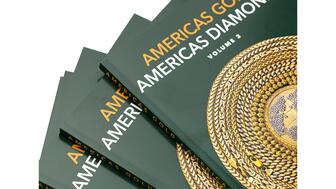
The new catalog features its most popular chains as well as new styles.
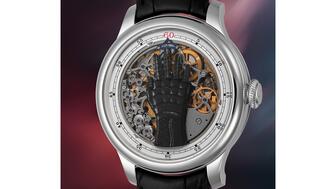
The filmmaker’s personal F.P. Journe “FFC” prototype was the star of Phillips’ recent record-setting watch auction in New York.

The new location in the Design District pays homage to Miami’s Art Deco heritage and its connection to the ocean.

Inflations, tariffs, and politics—including the government shutdown—were among consumers’ top concerns last month.
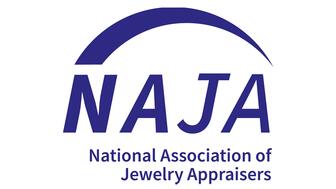
“Longtime favorite” presenters, as well as first-time speakers, will lead talks and workshops at the annual event in Tucson next year.
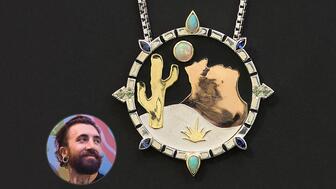
Silas Smith of Meridian Metalworks won the challenge with his pendant that blends Australian and American landscapes.
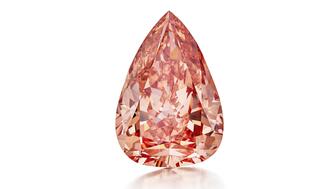
The sale of the 31.68-carat, sunset-hued stone was part of Sotheby’s first series of events and auctions in Abu Dhabi.

Most customers who walk into your store this month have made up their minds. Your job is to validate their choice, Emmanuel Raheb writes.
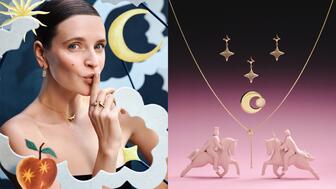
The collection features characters and motifs from Ukrainian folklore, including an enchanted mirror and a magic egg.

MatrixGold 3.11, the newest version of the jewelry design program, offers more flexibility, precision, and creative control.

The pavilion will be part of the 2026 JA New York Spring show, scheduled for March 15 to 17.

Kadet, a 1994 National Jeweler Retailer Hall of Fame inductee, helped grow the family-owned retailer in the Chicago area and beyond.

Billed as the world’s smallest wearable, Lumia Health’s new smart earrings have a health tracker subtly embedded in the back.
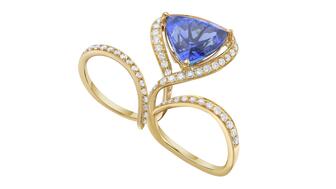
Don’t let those with December birthdays feel blue. Help them celebrate their month with blue zircon, turquoise, and tanzanite.

The new pink sapphire version of the piece dances with its wearer in the brand’s “Icons After Dark” holiday campaign.

A choice that’s generated a lot of commentary, Pantone says “Cloud Dancer” marks a fresh start and encourages relaxation and creativity.
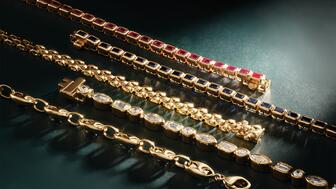
The manufacturer’s holiday campaign features a gift guide filled with trending designs and jewelry that can be personalized.
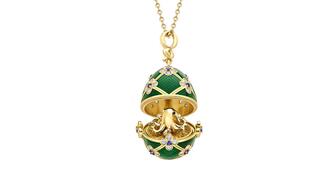
The man was charged with theft, accused of ingesting the necklace while in a jewelry store in Auckland, New Zealand.












